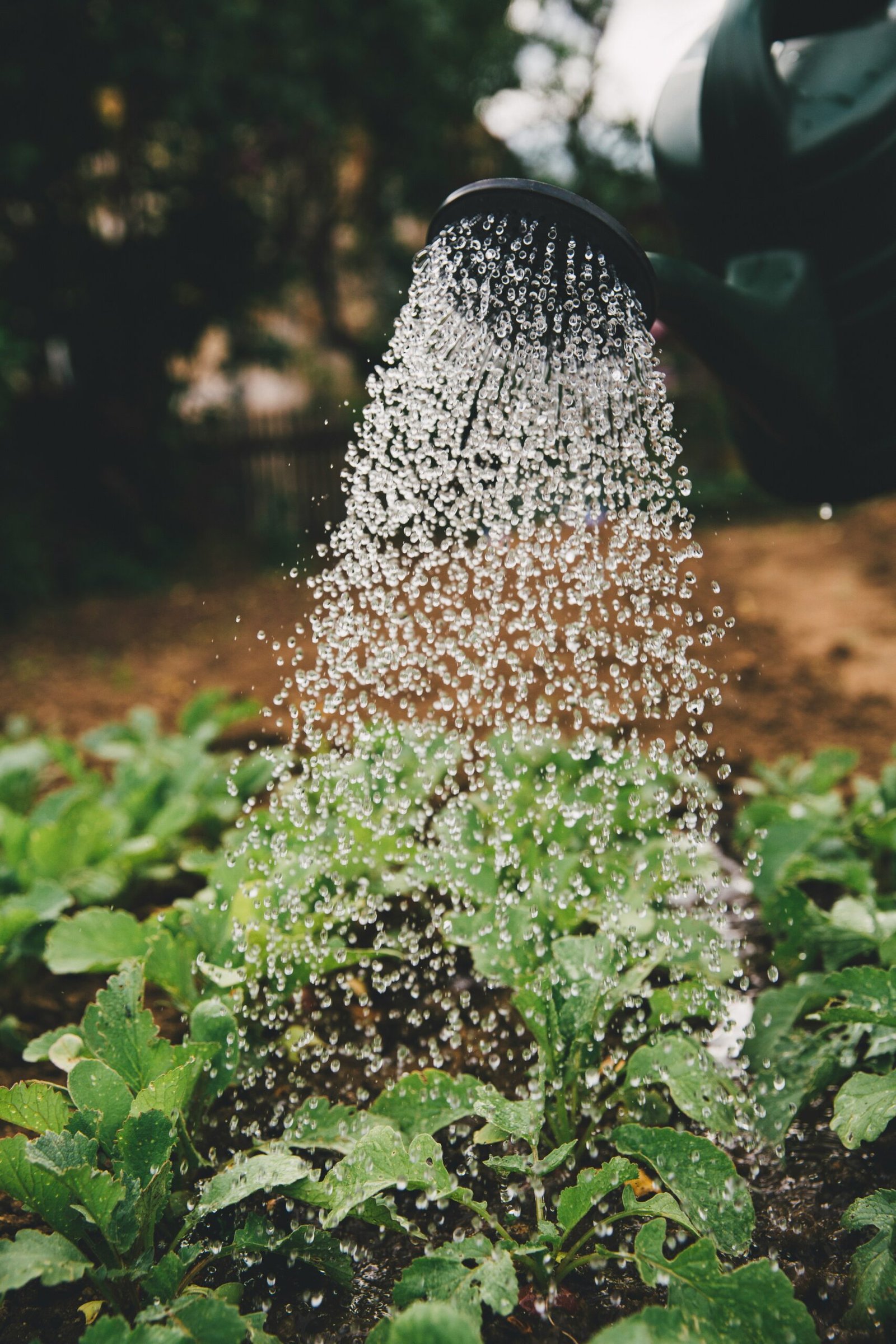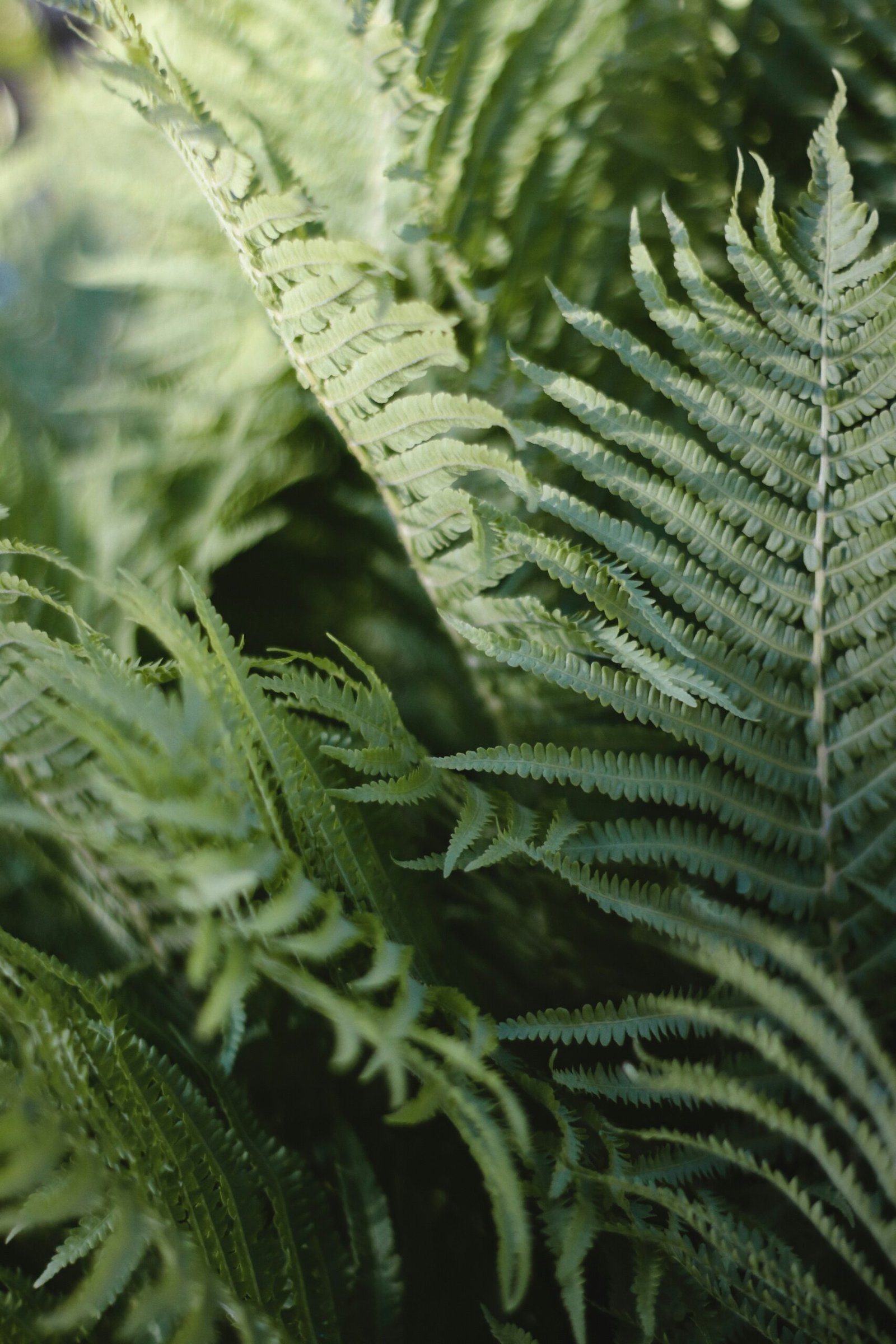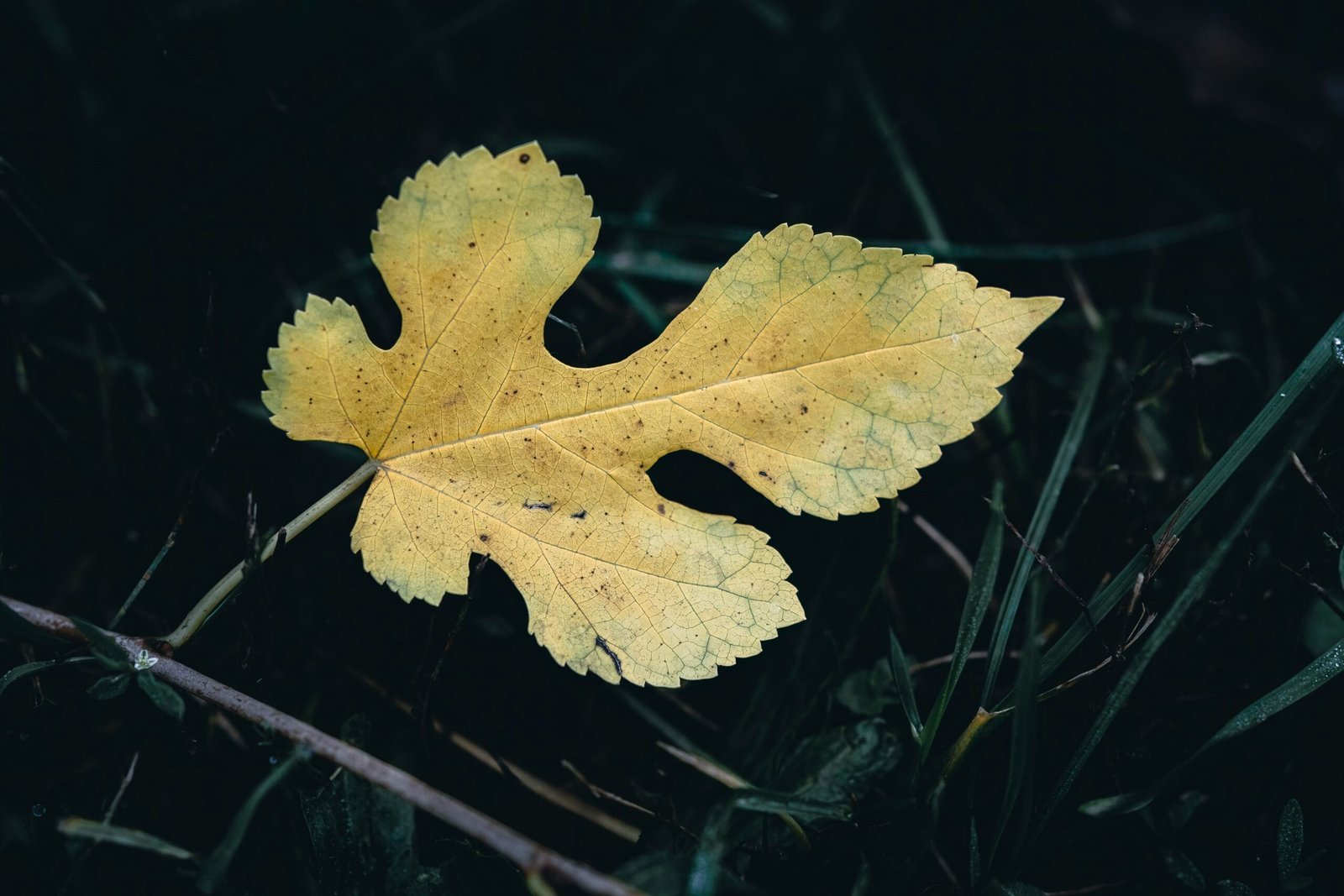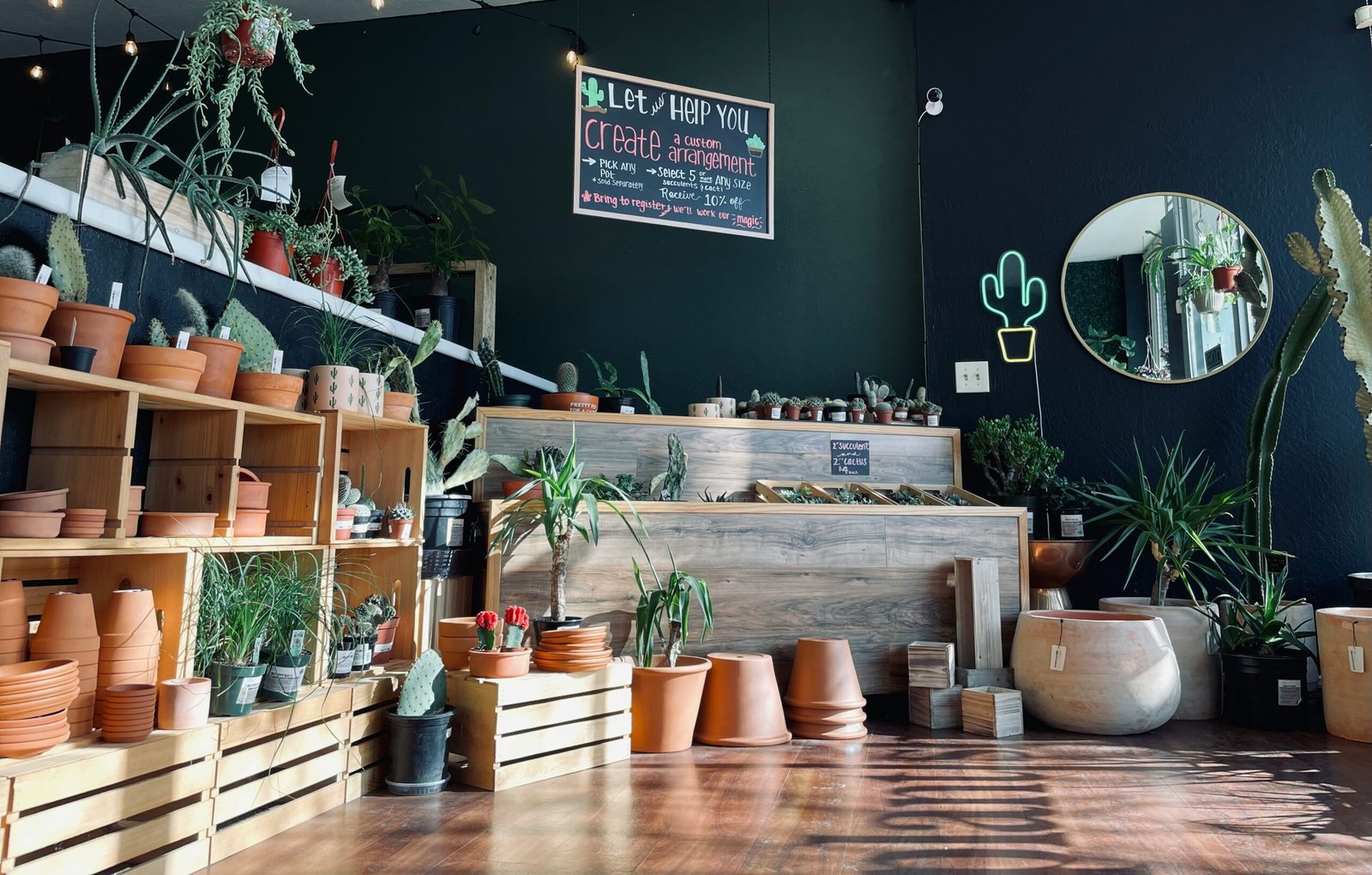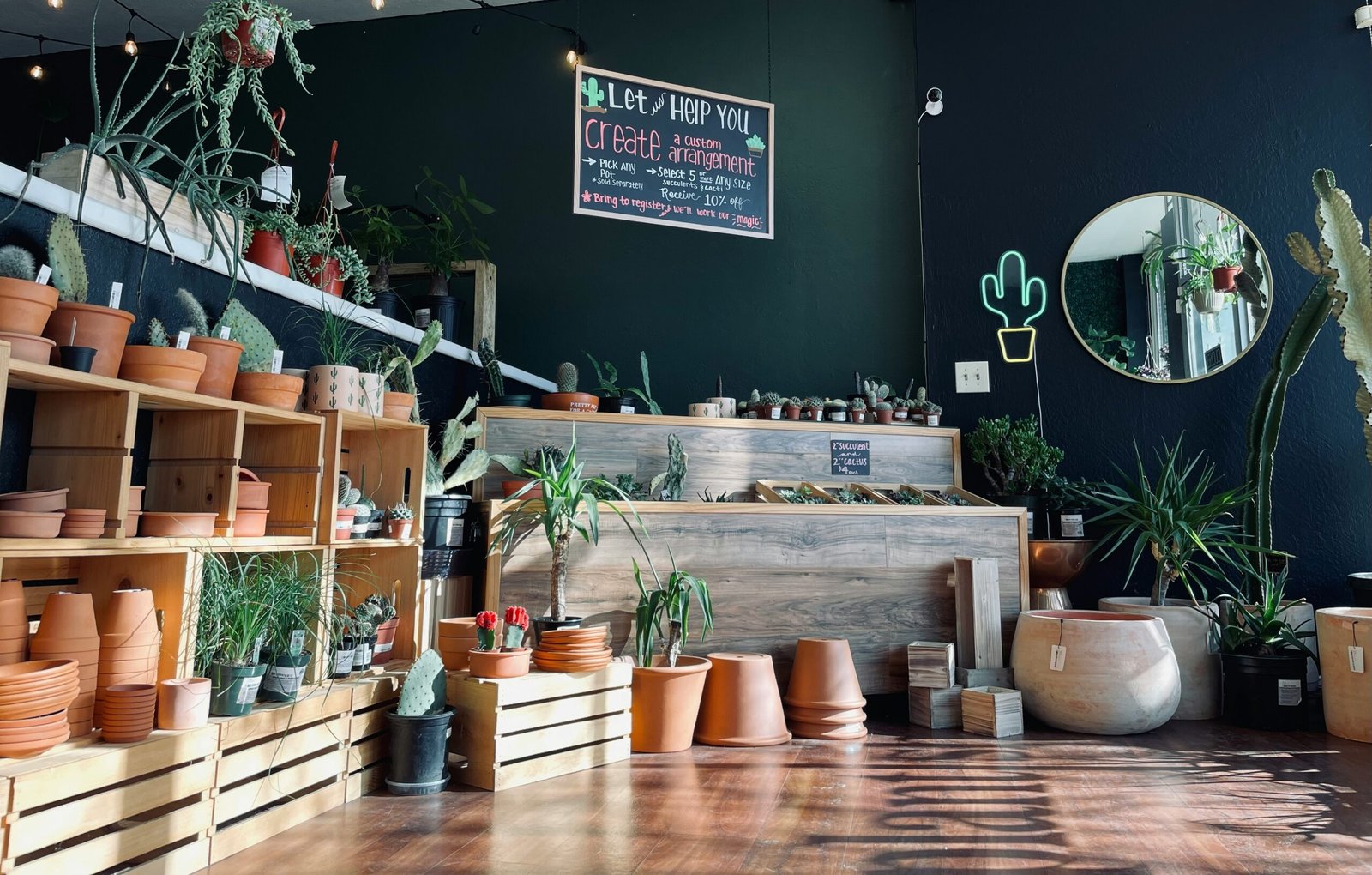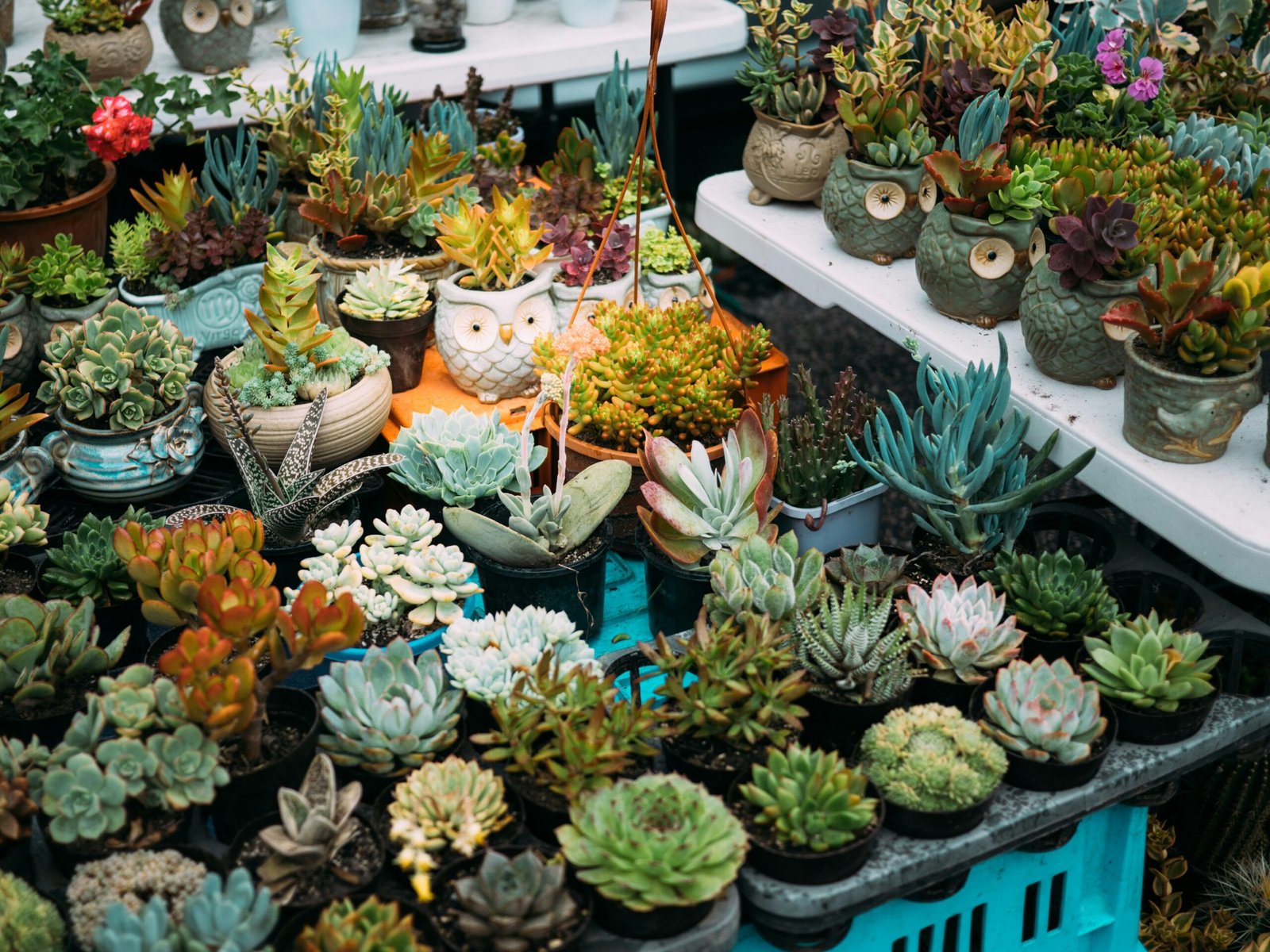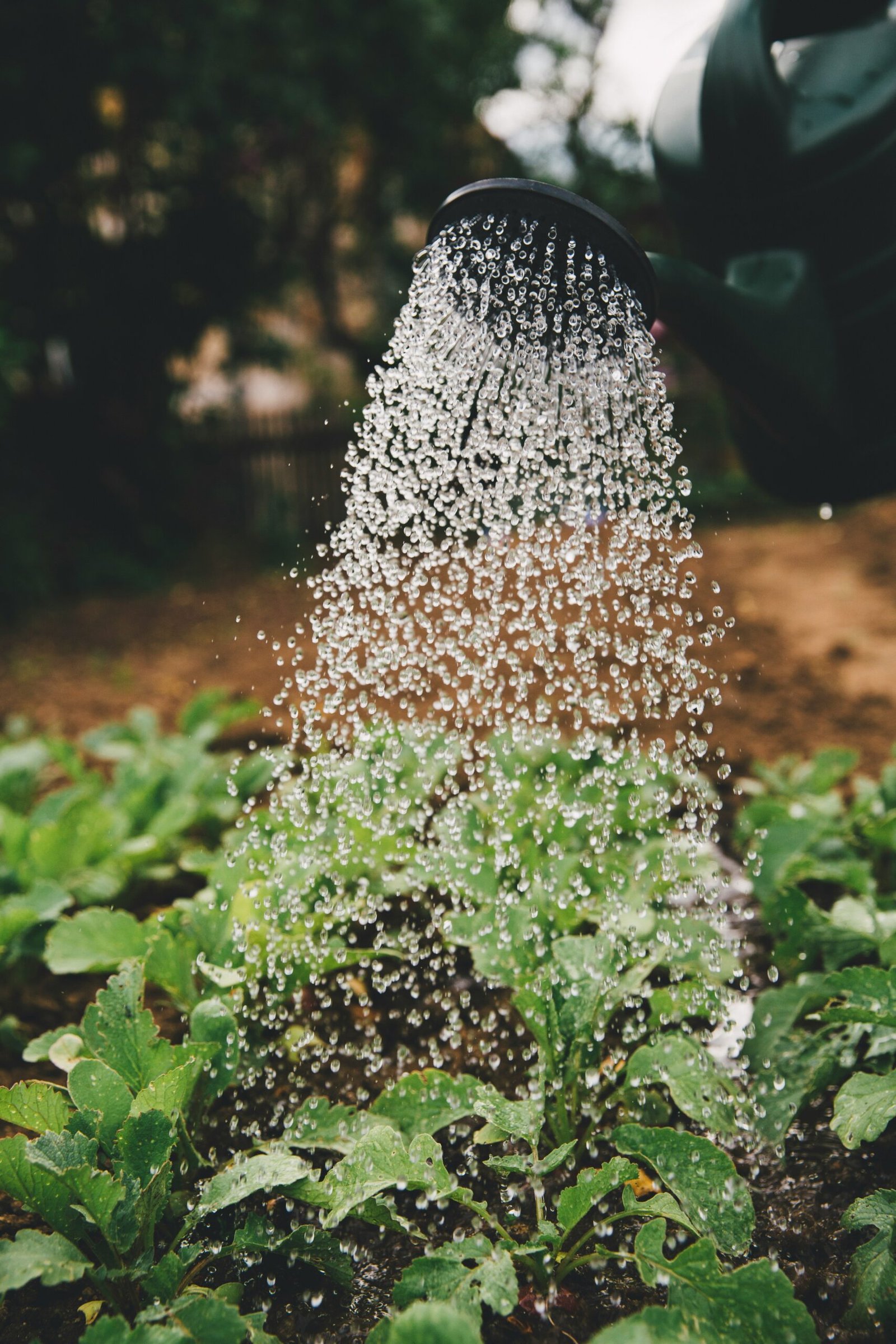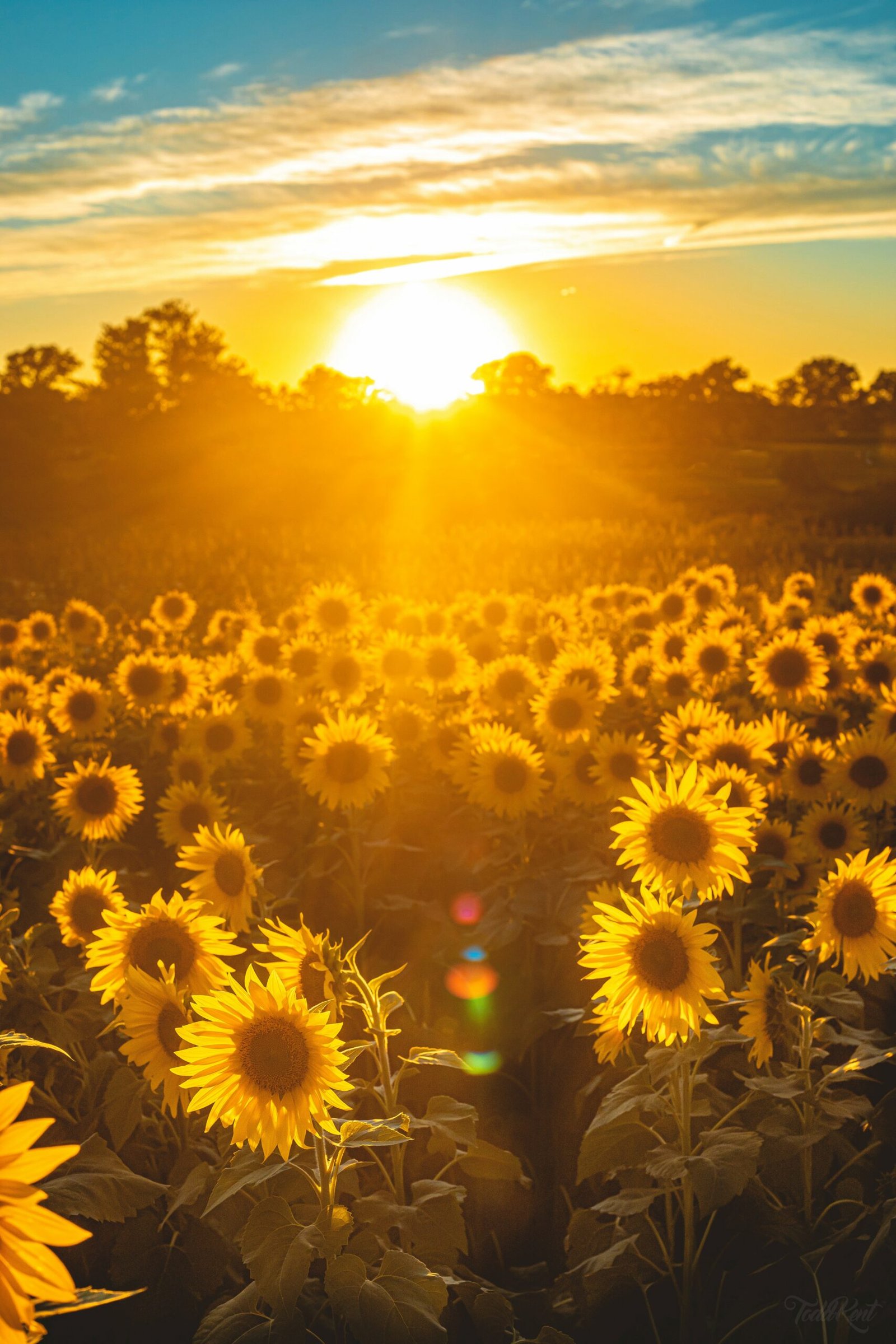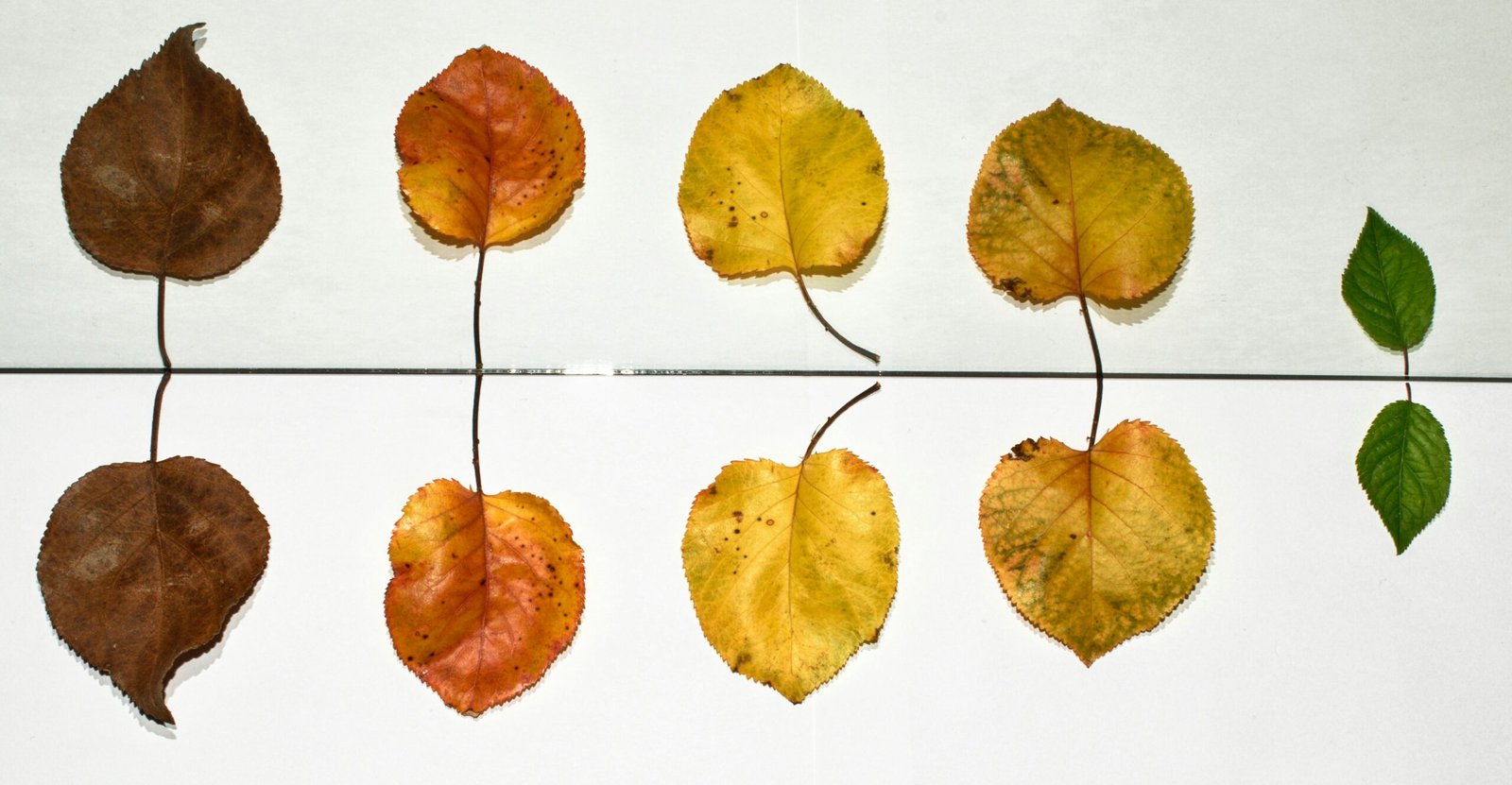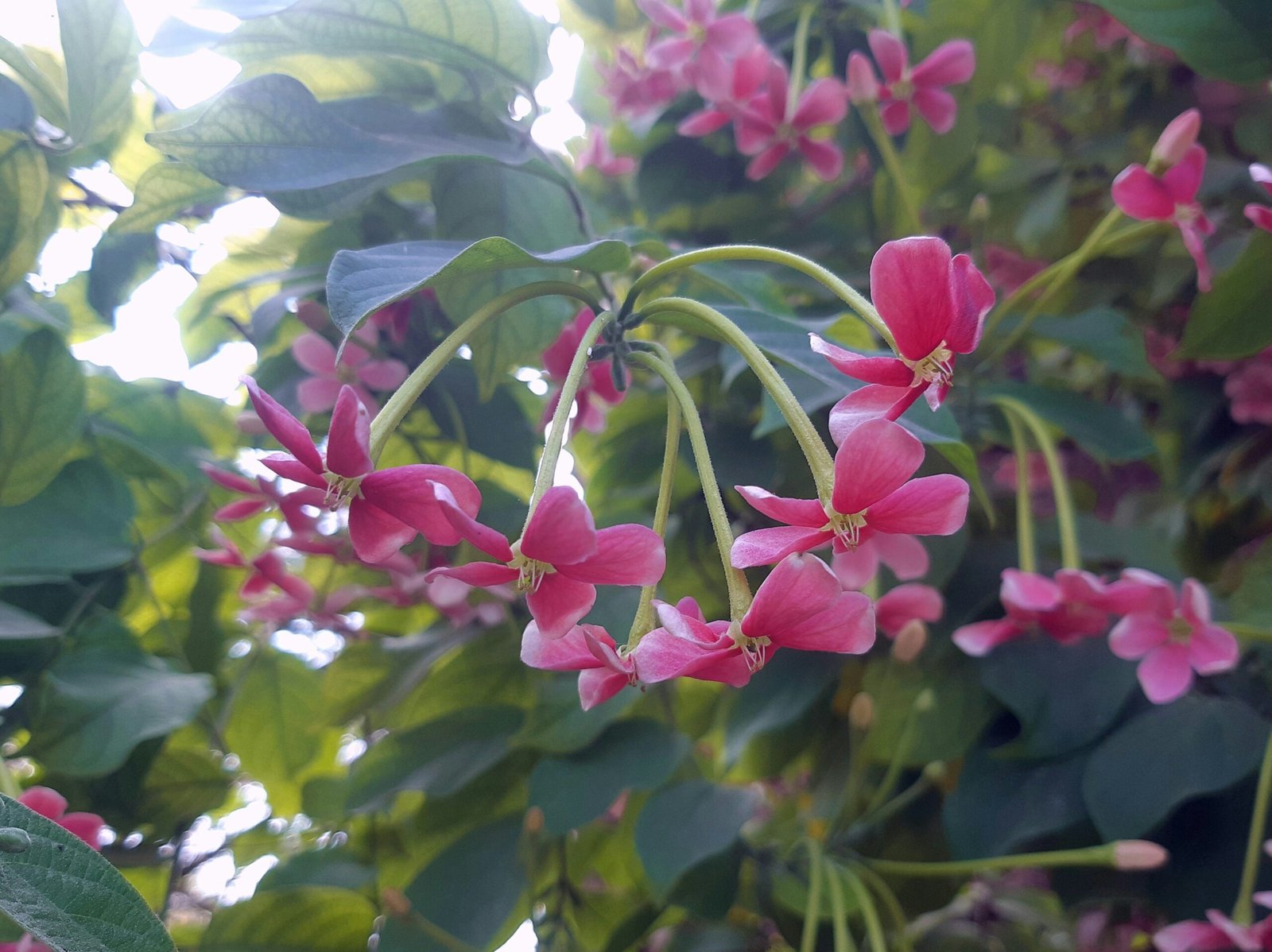When it comes to gardening, one of the key factors to consider is the seasonality of plants. Seasonal plants are those that thrive and bloom during specific times of the year, depending on their natural growth cycle and environmental conditions. Understanding the concept of seasonal plants is essential for successful gardening and creating beautiful, vibrant landscapes.
Table of Contents
Types of Seasonal Plants
Seasonal plants can be broadly categorized into three main types: annuals, perennials, and biennials.
1. Annual Plants
Annual plants complete their life cycle within one year. They germinate from seeds, grow, flower, produce seeds, and then die, all within a single growing season. Some popular examples of annual plants include marigolds, petunias, zinnias, and sunflowers. These plants are known for their vibrant colors and are often used to add instant pops of color to gardens and flowerbeds.
2. Perennial Plants
Perennial plants are those that live for more than two years. They typically have a dormant period during the winter and regrow from their existing root systems in the following spring. Perennials offer the advantage of coming back year after year, providing a stable and consistent presence in a garden. Examples of perennial plants include roses, tulips, daisies, and lavender.
3. Biennial Plants
Biennial plants have a unique life cycle that spans two years. In the first year, they grow foliage and establish their root systems. During the second year, they produce flowers, seeds, and then die. Some well-known biennial plants include foxgloves, hollyhocks, and sweet William. These plants are often used for their tall, showy blooms and are a favorite among gardeners.
The Importance of Seasonal Plants in Gardening
Seasonal plants play a crucial role in gardening for several reasons:
1. Adaptation to Climate
Seasonal plants are naturally adapted to the specific climate and environmental conditions of their respective seasons. They have evolved to thrive during particular times of the year, making them more resilient and better equipped to handle the challenges posed by the changing weather patterns. By selecting and planting seasonal plants, gardeners can ensure a higher success rate and healthier growth.
2. Aesthetic Appeal
Seasonal plants offer a wide range of colors, textures, and forms, adding visual interest and aesthetic appeal to gardens and landscapes. They bring life and beauty to outdoor spaces, creating a dynamic and ever-changing display throughout the year. Whether it’s the vibrant hues of spring flowers or the warm tones of autumn foliage, seasonal plants contribute to the overall beauty and charm of a garden.
3. Pollination and Biodiversity
Many seasonal plants rely on pollinators, such as bees, butterflies, and birds, for the transfer of pollen and reproduction. By planting a variety of seasonal flowers, gardeners can attract and support a diverse range of pollinators, contributing to the overall biodiversity of their gardens. This, in turn, helps in maintaining a healthy ecosystem and promoting the sustainability of plant and animal life.
4. Crop Rotation and Soil Health
For vegetable and fruit gardens, seasonal plants play a vital role in crop rotation. By rotating crops and planting different seasonal vegetables each year, gardeners can help prevent the buildup of pests and diseases in the soil. Additionally, certain seasonal plants, such as legumes, have the ability to fix nitrogen in the soil, enhancing its fertility and overall health.
Tips for Incorporating Seasonal Plants in Your Garden
Here are some tips to help you make the most of seasonal plants in your garden:
1. Research and Plan
Before selecting seasonal plants, research their specific requirements, including sunlight, soil type, and water needs. Plan your garden layout accordingly, considering factors such as height, color combinations, and blooming periods to create a visually appealing and well-balanced space.
2. Utilize Containers and Hanging Baskets
If you have limited space or want to add a touch of greenery to your balcony or patio, consider using containers and hanging baskets. These versatile options allow you to showcase a variety of seasonal plants, even in small areas.
3. Consider Native Plants
Native plants are well-suited to the local climate and often require less maintenance and water compared to non-native species. Incorporating native seasonal plants in your garden can help support local ecosystems and attract native wildlife.
4. Embrace Succession Planting
Succession planting involves sowing or planting new batches of seasonal plants at regular intervals to ensure a continuous supply of flowers or vegetables throughout the growing season. This technique allows you to make the most of limited space and extend the beauty and productivity of your garden.
In conclusion, understanding seasonal plants is essential for any gardener looking to create a thriving and visually appealing garden. By incorporating a variety of annuals, perennials, and biennials, you can enjoy a diverse range of colors, attract pollinators, and contribute to the overall health and biodiversity of your garden. So, embrace the beauty of seasonal plants and let your garden flourish throughout the year!


